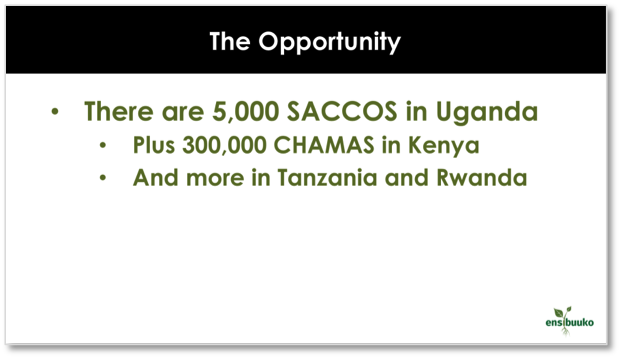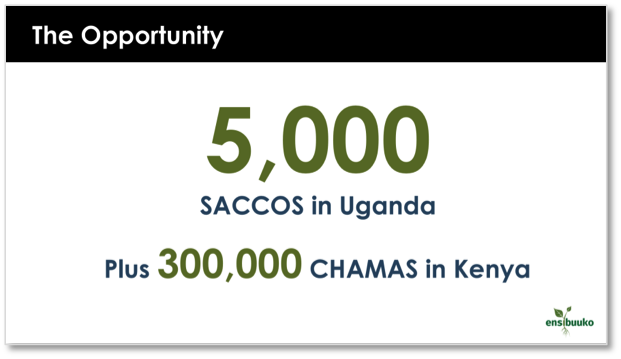My product is so amazing; everyone who wants one… will buy two.
INVESTORS GET EXCITED about large opportunities, as do potential employees. Companies chasing large opportunities have larger chances of success, more space to make mistakes, and more room for the inevitable competition.
If your company is pursuing a large market, you need to explain this in your presentation. If you are a mission-driven company and pursuing a large impact, the same is true. If your opportunity is, instead, small, you will need to justify why the audience should still care.
RULE 23:
If you are pursuing a big opportunity, flaunt it.
The opportunity size is defined as the number of potential customers multiplied by the average number of units each customer will buy, multiplied by the average price per unit. This is the total amount of money available to your company and all your competitors, in solving the problem at hand.
Opportunity size = Number of customers × Units × Price
For more details on calculating your opportunity size, see “The Market,” “Pricing,” and “Opportunity Size” in The Next Step: Guiding You from Idea to Startup.
Ensibuuko—[Opportunity size, first draft]

“There are over 5,000 SACCOS operating in Uganda, plus another 300,000 in Kenya, where they are known as CHAMAS. And these co-ops are commonplace across all of East Africa.”
This slide shows that there are many potential customers for this business (the SACCOS being the direct customer for the MOBIS software, who then provide access to it to the farmers).
The upcoming slide on the business model will introduce the price, which will complete the explanation of the opportunity size. For other companies, the price might be best introduced here, multiplying the total potential customers by the price to show the “total addressable market.” For Ensibuuko, the pricing model is not as simple as a single number, so the story flows better when told across multiple slides.
Ensibuuko—[Opportunity size, second draft]

“There are over 5,000 SACCOS operating in Uganda plus another 300,000 in Kenya, where they are known as CHAMAS. And these co-ops are commonplace across all of East Africa.”
For Ensibuuko’s second draft, the only change is the formatting of the slide. Each slide exists to convey a single idea. For this slide, the key idea is that there are 5,000 SACCOS. Or, more simply, a lot of potential customers. To ensure anyone looking at the slide sees the size of the market, the number 5,000 is reformatted to be large and centered. The 300,000 is similarly increased in size and changed to green, to stand out from the supporting text, which has been edited down to a minimum of words.











